When it comes to choosing an LCD TV that delivers top-tier performance and reliability, several brands consistently stand out in the market. These manufacturers have developed a reputation for integrating cutting-edge technology, vibrant picture quality, and sleek designs into their LCD offerings. With options that span various price ranges and sizes, there's something for everyone looking to enhance their viewing experience. Discover the leading names that are shaping the LCD landscape and find out which brands are best suited to meet your needs below.
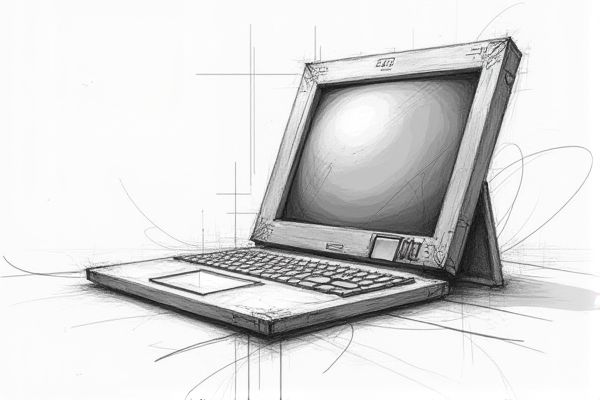
Illustration of lcd
Best brands of lcd in 2025
Samsung
Samsung is a leading producer in the LCD TV market, having dominated the global TV industry for 18 consecutive years since 2006. In the first quarter of 2024, Samsung held a 29.3% market share in terms of sales value and 18.7% in terms of sales volume. The company's premium segment, particularly its QLED and ultra-large TVs, has been a significant driver of its success, with Samsung controlling 55.2% of the market for TVs priced $1,500 or more. For more details on their cutting-edge TV technology, visit the Samsung official website.
LG
LG Display is a leading producer in the premium automotive and TV display markets, boasting a 28.5% market share in the premium automotive display sector as of the first quarter of 2024, and a dominant 62% market share in the OLED TV market in 2021, with 4.04 million OLED TVs shipped that year. In the TV market, LG Electronics maintained a 16.4% market stake in Q3 2023, with significant sales of both OLED and LCD models, including its innovative wireless OLED TV series and premium LG QNED TVs. For more detailed insights, you can read about LG's market performance on Business Korea.
Sony
Sony is a prominent player in the LCD TV market, despite significant fluctuations in its market share over the years. As of 2023, Sony holds a 27% market share in the global TV market, making it the world's biggest TV seller, although its share in the high-end TV segment is notably lower at 5%. Historically, Sony's LCD TV market share has declined from 13.7% in 2008 to 4.2% in 2019. Despite this trend, Sony remains a key player in consumer electronics, maintaining a strong presence across various segments. The company continues to innovate, offering features like smart Android TVs, LED TVs, and Ultra HD TVs that are popular among consumers. For more information, visit their official website.
Panasonic
Panasonic, though more renowned for its projectors, is also a significant player in the electronics industry, including LCD displays. However, the company's market share in LCD TVs has seen fluctuations; for instance, in 2019, Samsung led the market with an 18% share, while other brands like Sony saw their shares decline. Panasonic's strength lies more in its projector segment, where it held a 29% market share in the Installation & Large Venue projectors in 2023, second only to Epson. The global LCD market, which includes various display types, was valued at $142.36 billion in 2022 and is projected to grow to $231.75 billion by 2030. Despite this, Panasonic's focus and market dominance are more pronounced in the projector and other electronics segments. For more insights into their product range, visit their official website.
TCL
TCL has emerged as a leading producer in the LCD TV market, with a significant increase in its global market share. In Q1 2023, TCL and Hisense collectively held a 24% market share in LCD TV panel purchasing, up from 22% in 2022 and a historical four-year average of 19%. TCL's global shipment of smart screens rose by 0.8% year-on-year to 23.8 million sets in 2022, with its market share in terms of shipment volume increasing to 11.7% globally. The company has also seen a 23.1% year-on-year increase in the shipment of 65-inch and above TVs in Q1 2024, with a notable growth in Mini LED and QLED TV shipments. This growth is driven by TCL's "Mid-to-high-end + Large-screen" strategy and investments in cutting-edge display technologies. For more details, explore their company overview.
Vizio
Vizio is a leading producer of LCD TVs, having dominated the U.S. market with significant market share. In 2010, Vizio captured 27.6% of the LCD TV market in the U.S., shipping nearly 2.9 million units in the fourth quarter alone. By 2007, Vizio had become the largest seller of LCD TVs in North America, and it continued to innovate with the introduction of SmartCast TVs in 2016 and Quantum Dot LED 4K TVs in 2018. Despite fluctuations, Vizio's strong consumer demand and affordable pricing have maintained its competitive edge. The company's SmartCast platform, with over 18 million active users, has also driven substantial growth in advertising revenue. For more information, visit the Vizio official website.
Hisense
Hisense has emerged as a leading brand in the global TV market, particularly in the LCD segment, with a significant increase in market share. In Q1 2023, Hisense and TCL combined held a 24% market share in LCD TV panel purchasing, up from 22% in 2022 and a historical four-year average of 19%. Hisense's strategy of sourcing 76% of its LCD TV panels from Chinese suppliers in 2022 has enhanced its supply chain efficiencies. The brand has also achieved notable success in the high-end TV market, ranking second globally with a 24% market share in Q3 2024 and leading in China. Hisense's innovative technologies, such as ULED and TriChroma laser TVs, have further solidified its position as a top-tier TV manufacturer.
Philips
Philips, although not the dominant player in the LCD market, is a significant participant in the broader display technology sector. In 2023, the global display technology market, where LCDs held about 50% of the market share, was valued at nearly $130 billion, with LCDs generating around $65 billion in revenue. Philips itself had a total revenue of EUR 19.72 billion in 2023, with a global presence employing approximately 69,565 people across 100 countries. However, the company's focus has been more on other segments such as diagnosis and treatment, and connected care, rather than LCD production specifically. Philips' market capitalization as of March 2024 was estimated to be around USD 18.42 billion. For more details about their operations and product offerings, visit their official website.
Sharp
Sharp is a leading producer of LCD products, having achieved record sales and profits for three consecutive years, driven by strong demand for its LCD televisions, cell phones, and solar panels. In the financial year ending March 2006, Sharp's LCD TV sales hit 4 million units, with overseas sales exceeding those in Japan. The company forecasted a 34% increase in LCD TV sales to Y=550 billion for the next financial year and a 14% rise in LCD panel sales to Y=980 billion. Sharp's focus on large-size, high-price TV sets has been a key strategy, with 63% of its LCD TV sales consisting of models 30 inches or larger by the first quarter of 2007. For more detailed information, visit their official press release.
Toshiba
Toshiba, once a prominent player in the LCD TV market, held a significant 7.3% global market share in 2014, making it the fifth largest supplier of LCD TVs worldwide. However, the company's market share declined over the years, leading to its withdrawal from the North American and European TV markets. In 2017, Toshiba sold 95% of its TV business unit to Hisense for approximately $114 million, allowing Hisense to continue using the Toshiba brand for TVs in various markets for 40 years. Despite this, Toshiba remains a notable brand in the electronics industry, with a current 5.5% market share in the global television market as of 2024. Toshiba's TVs are known for their high-quality displays and smart features. For more details, visit the official announcement.


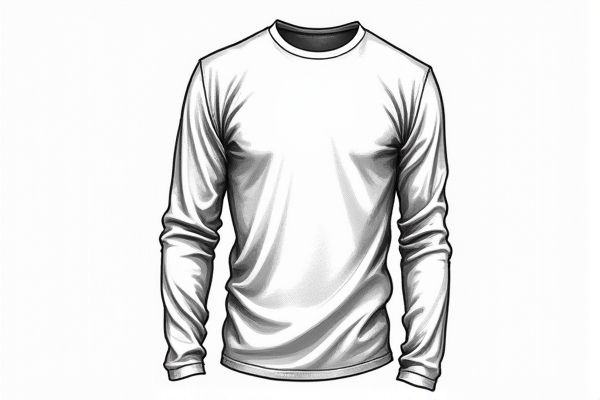







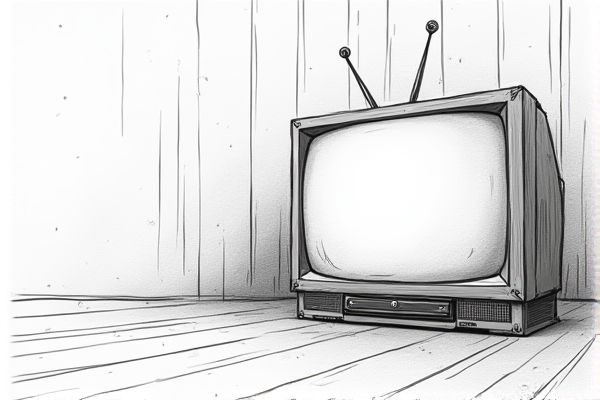
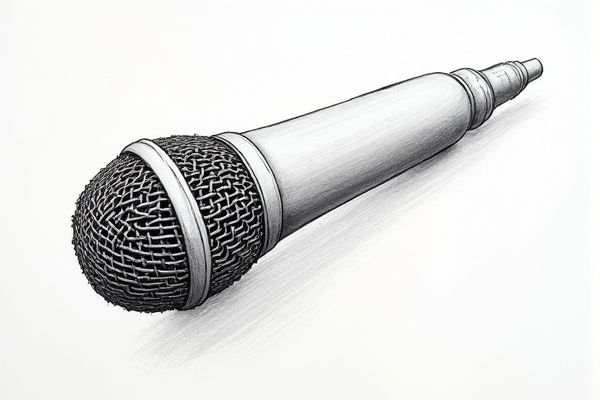
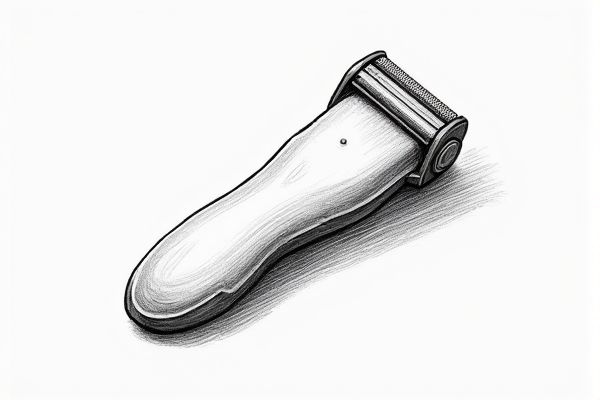
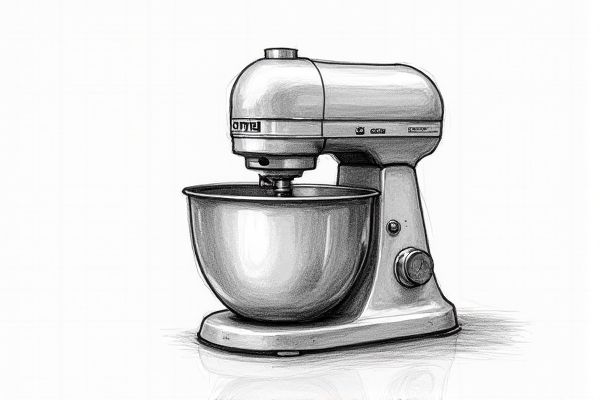
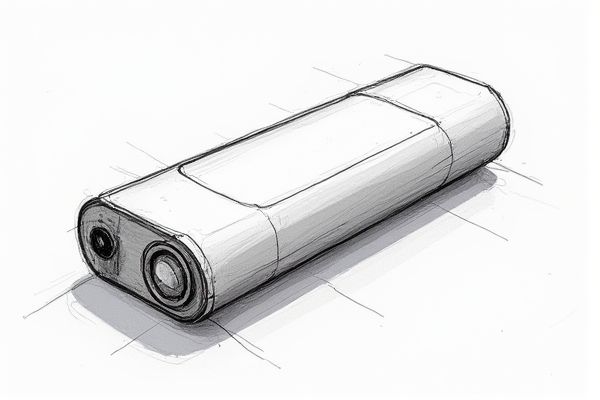

Leave a Reply
Your email address will not be published.